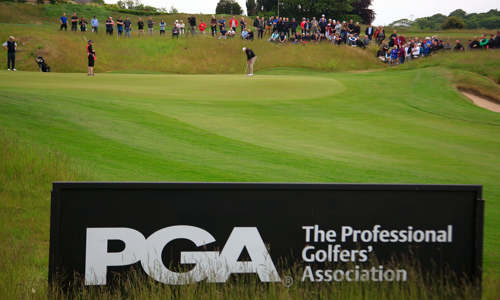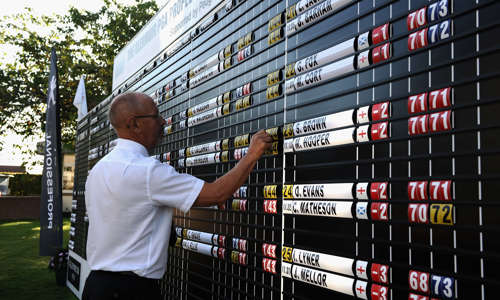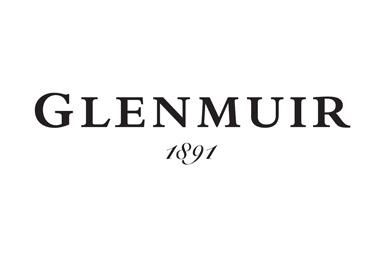Haines, who learned the game at Burnham & Berrow as a junior member and takes a keen interest in the club’s storied past, played a part in helping the author, Anthony Gibson, with his research. Then, inspired by the tale, he set about re-enacting Foord’s round.
Inevitably the lay out has changed considerably since the club was founded in 1890, not least due to the work of Foord’s father, and celebrated golf course architects Herbert Fowler, Harry Colt, Dr Alister MacKenzie and, more recently, Martin Ebert.
“There are more than 40 holes at Burnham which are no longer in existence - it’s incredible how it has changed;” Haines explained. “And there are only eight holes in existence today that Ernest Foord would have played back in 1912.
“But I played the same length golf course that he played, which was round about 6,100 yards. So, I effectively played the same length, but not necessarily the same hole. And I suppose in some ways the conditions of the fairways and the quality of the greens are much better nowadays.
“The greens would not have been as quick and smooth as they are now and there would have been a lot of challenging lies on the fairways.”
As well as replicating the distance Foord negotiated, Haines followed suit, as near as possible, with his putter. Not for him one of Scotty Cameron’s finest but one fashioned by Foord.





































